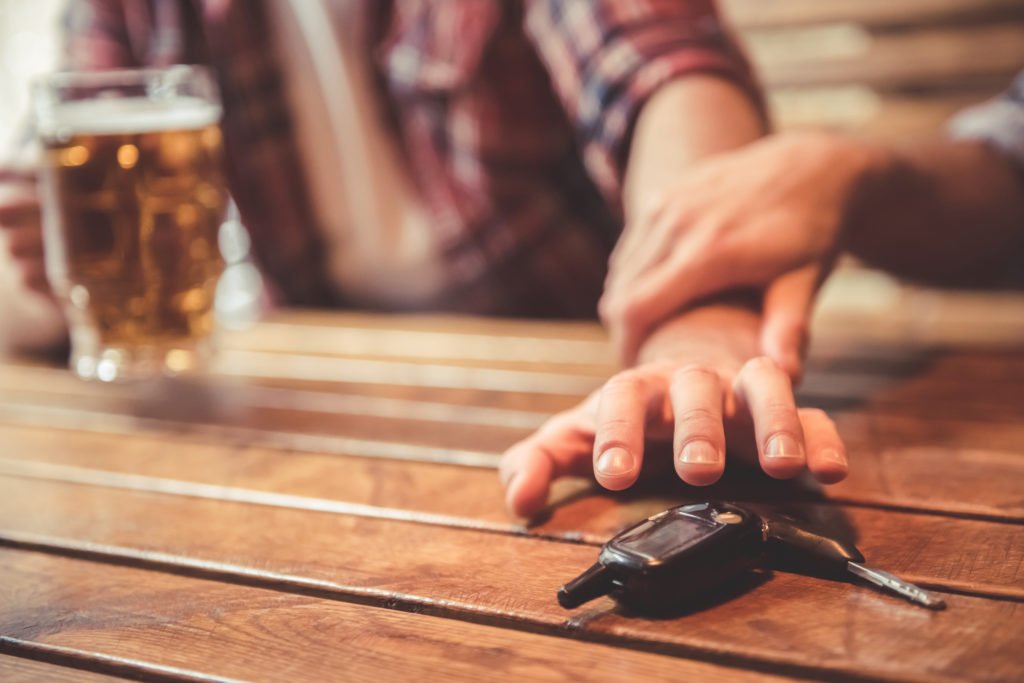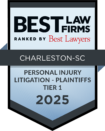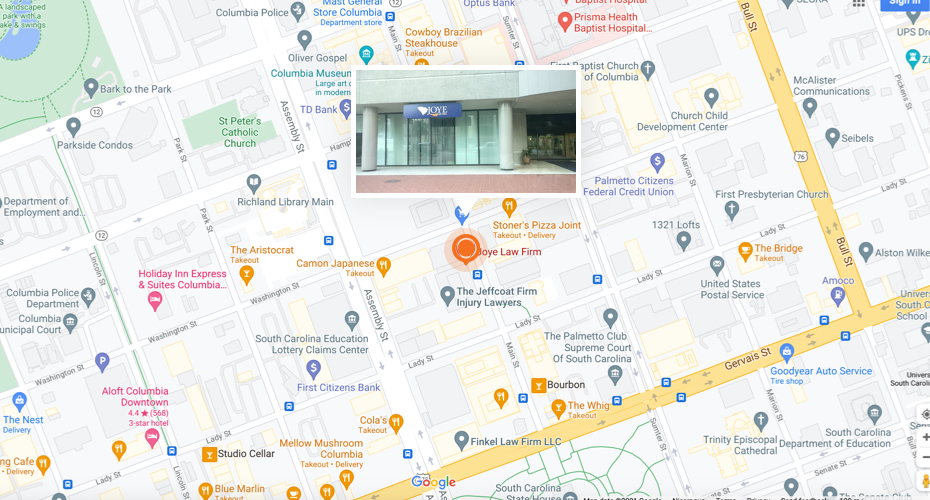
Consumer Reports (CR) and the Insurance institute for Highway Safety (IIHS) have put together a list of 18 recommended car models for parents looking to buy a reliable new car for their teenage drivers.
With 2021-model-year vehicles reaching dealer lots later than usual due to COVID-19’s impact on manufacturing, late 2020 could be an opportune time to make a deal with an auto retailer.
The IIHS says teen drivers have crash rates nearly four times those of drivers age 20 and older, underscoring the importance of teens driving safe vehicles.
Recommended 2020 Models for Teen Drivers
The 2020 vehicles recommended by CR and IIHS have each been named an IIHS Top Safety Pick or Top Safety Pick+, meaning they have good ratings in all six of the IIHS’s crashworthiness tests, advanced or superior ratings for front crash prevention, and acceptable- or good-rated headlights. The top picks range in price from about $21,000 to $37,000.
The two least expensive cars in each size category (based on Kelley Blue Book New Car Fair Purchase Prices) are:
- Small cars: Subaru Impreza, $22,400
Mazda 3, $24,300 - Midsize cars: Toyota Camry, $26,900
Honda Accord, $28,200 - Small SUVs: Mazda CX-3, $25,700
Kia Sportage, $27,300 - Midsize SUVs: Subaru Ascent, $35,000
Mazda CX-9, $38,800.
The entire list is available here.
Each pick went through Consumer Reports’ automotive testing and has:
- Vehicle-to-vehicle automated emergency braking as standard equipment
- Average or better reliability based on CR’s member surveys
- Average or better scores from CR’s emergency handling tests
- Dry braking distances of less than 140 feet from 60 mph in CR’s brake tests
- “Good” or “better” rating from CR for ease of use of their controls.
The list does not include:
- Sports cars or other vehicles with excessive horsepower, because these vehicles can tempt teens to test the limits
- Minicars or vehicles under 2,750 pounds
- The biggest, heaviest vehicles, including those in the large SUV class, because they can be hard to handle and often have increased braking distances
- Vehicles that had substantially higher than average insurance claim rates under medical payment or personal injury protection coverage in recent model years and haven’t been redesigned.
CR also has a list of the best used cars for teens, which are all under $20,000. Buying a used car for a teen driver is more common than buying a new vehicle.
IIHS research shows that many teenagers drive older vehicles or small cars, which provide less protection in a crash than larger vehicles and typically do not always have state-of-the-art safety features.
Teen auto accidents can lead to the teenager at the wheel, passengers and/or others on the road being injured or killed. The South Carolina car accident attorneys at Joye Law Firm work with families whose lives have been shattered by a serious teen driving accident caused by someone else’s negligence. We help families seek the compensation needed to put things back together.
Why are Teen Drivers at Risk On the Road?
Few things make a parent more nervous than watching a newly licensed teen get behind the wheel alone and drive away from home.
The Centers for Disease Control and Prevention (CDC) says eight teens aged 16 to 19 die every day from motor vehicle crash injuries. This helps to make motor vehicle crashes the leading cause of death for U.S. teens.
The number of crashes involving teenagers are disproportionately high, the IIHS says. Teen drivers are inexperienced and may not recognize dangerous traffic situations in time to respond safely and avoid an accident.
Based on police-reported crashes of all severities, the crash rate for 16- to 19-year-olds is nearly four times the rate for drivers 20 and older. The fatal crash rate per mile driven for 16- to 17-year-olds is about three times the rate for drivers 20 and older.
The fatality rate for all people potentially involved in a car accident – drivers, passengers, pedestrians, cyclists – increases by 51 percent when a teen driver has only teen passengers in their vehicle, the AAA Foundation for Traffic Safety says.
Teens face a higher risk of getting into car accidents because they are less experienced drivers and, in too many cases, because they make bad decisions.
The CDC cites:
- Speeding. Teens are more likely than older drivers to speed. The IIHS says excessive speed is a factor in just over a quarter of teens’ fatal crashes.
- Lack of seat belts. Teens and young adults often have the lowest seat belt use rates. At least 46% of teen drivers and passengers who died in passenger vehicle crashes in a recent year were not wearing a seat belt at the time of the crash. Research shows that seat belts reduce serious crash-related injuries and deaths by about half.
- Alcohol use. In 2017, 15% of drivers aged 16 to 20 involved in fatal motor vehicle crashes had a blood alcohol level of .08% or higher, which is considered driving under the influence (DUI) for an adult driver in South Carolina and every other U.S. state.
- Distracted driving. Drivers under the age of 20 have the highest proportion of distraction-related fatal crashes. In 2017, one of every 10 teen motor vehicle crash deaths involved distracted driving, the CDC says.
- Nighttime and weekend driving. Darkness contributes to car accidents, and drivers are more likely to be drinking on weekends. In 2017, 40% of motor vehicle crash deaths among teen drivers and passengers aged 13 to 19 occurred between 9 p.m. and 6 a.m., and 51% occurred on Friday, Saturday or Sunday.
- Drowsy driving. Teens may have part-time jobs and/or active social lives on top of school, causing them to not always get a full night’s sleep. Drowsy or fatigued driving is impaired driving that slows the reflexes and can be as deadly as driving under the influence of alcohol (which is a sedative). People who have only slept 3 to 5 hours in the last 24 hours are unfit to drive, says the National Sleep Foundation. If you or your loved one has been injured in a car accident in South Carolina caused by another driver’s negligence or disregard for safety, contact Joye Law Firm to review your legal options. The consultation is free and will help you make better informed decisions after a collision.







































